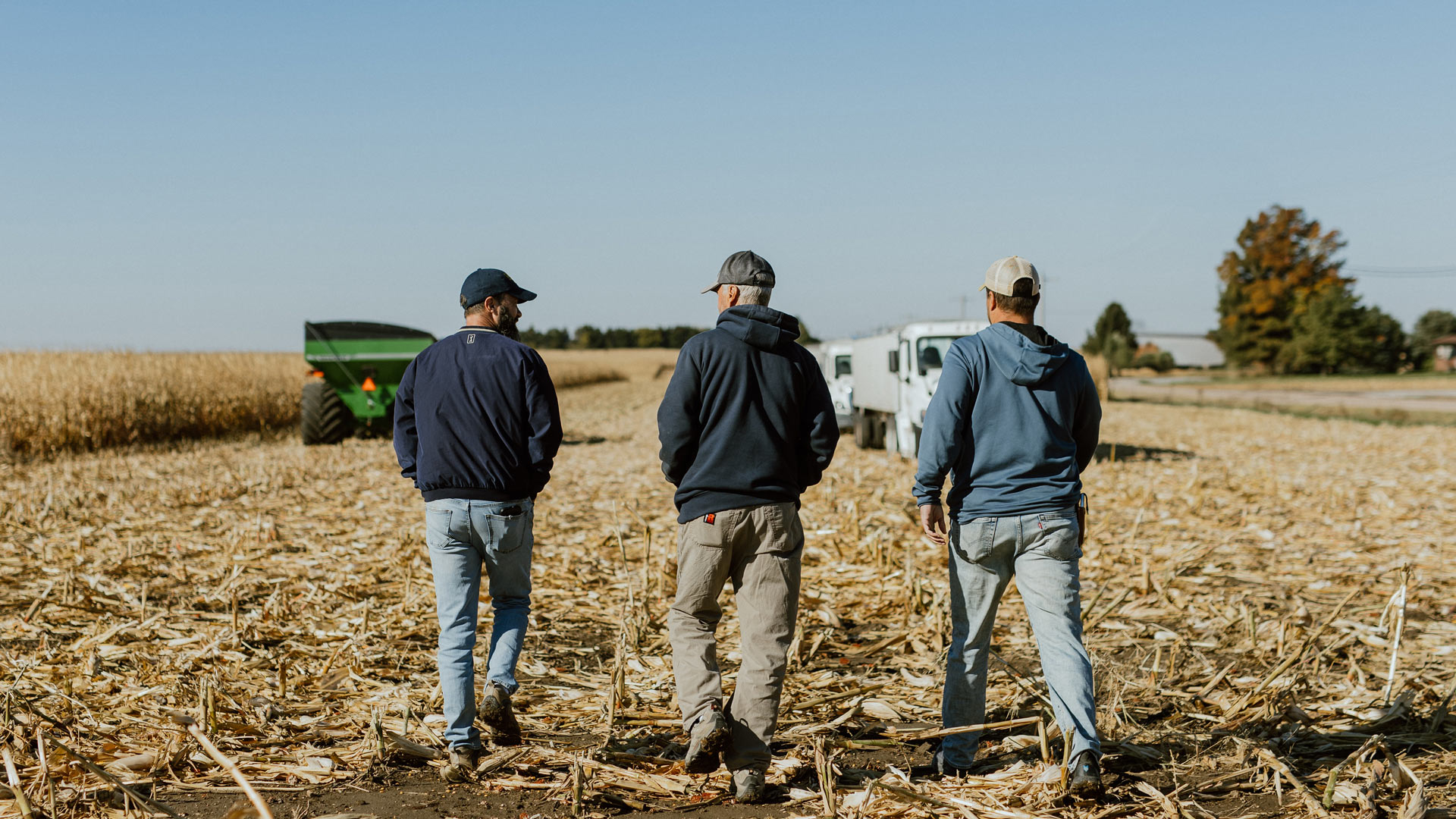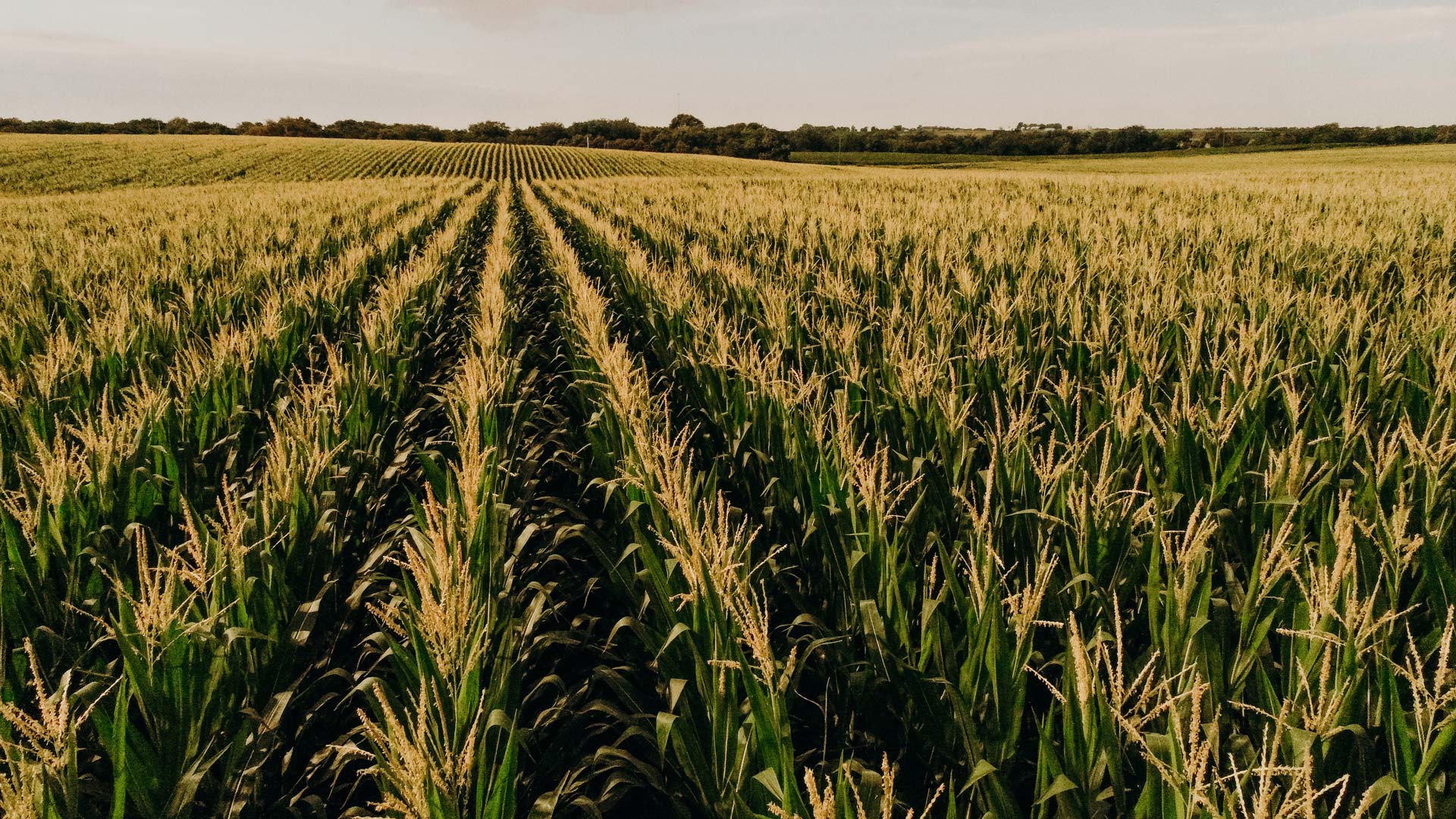Two common fuels available at service stations around the country are Unleaded 88 and Super Unleaded. Both of these ethanol blends are excellent fuel sources that also are beneficial to the environment, but they have several key differences.
Here are some of the key features of Unleaded 88 and Super Unleaded, including qualities they share as well as what makes each fuel distinct:
Unleaded 88
What is Unleaded 88?
Unleaded 88, also known as E15, is a type of gasoline that contains 15% ethanol and 85% gasoline. It is a cleaner-burning fuel option compared to traditional gasoline, and it can help reduce greenhouse gas emissions and dependence on fossil fuels.
When is unleaded 88 safe to use?
Unleaded 88 is approved by the Environmental Protection Agency (EPA) for use in all automobiles made after 2001, as well as in flex-fuel vehicles.
However, if your car was manufactured prior to 2001, it is not recommended to use Unleaded 88 as older engines may not be designed to handle higher ethanol concentrations. Unleaded 88 is also not recommended for small engines, such as a lawn mower or for fueling boats.
Why is unleaded 88 cheaper?
Unleaded 88 is usually noticeably cheaper than traditional gasoline because ethanol is a less expensive fuel source than crude oil. And, because up to 15% of Unleaded 88 is made of the biofuel ethanol, it uses less crude oil per gallon than traditional gasoline.
Additionally, the Renewable Fuel Standard (RFS) program provides financial incentives for the production and sale of renewable fuels like ethanol. These incentives can help lower the cost of production for ethanol, which can translate into lower prices at the pump for consumers.
Super Unleaded
What is super unleaded gas?
In Nebraska, super unleaded is a blend of regular unleaded gasoline and up to 10% ethanol. This is also known as E10, and typically has an octane of 87 or 88. It is safe to use in all automobiles and is available at the vast majority of gas stations in the state.
It's important to note fuel blends may have different labels in other geographical regions. When traveling outside your state, it's important to look closely to make sure you're choosing the right fuel for your vehicle when you're filling up your tank.
Is super unleaded available outside the Midwest?
Super Unleaded is widely available across the United States, not just in ethanol-producing states like Nebraska. More than 98% of gas sold in the United States contains up to 10% ethanol, and this blend is approved for any conventional gas-powered engine, according to the U.S. Department of Energy.
Is super unleaded cheaper than regular gas?
If you notice the price at the pump, you'll see that super unleaded ethanol blends are cheaper than traditional gasoline that does not contain biofuel. In fact, ethanol blends are often the cheapest fuel available at the pump. This makes super unleaded an economical, earth-friendly choice because ethanol helps reduce greenhouse gasses.
Unleaded 88 and Super Unleaded: The Smart Fuel Choice
Although there is a difference between Unleaded 88 and Super Unleaded, the fact remains they are a smart fuel choice for most automobiles being driven today. Both are climate-friendly biofuels that offer performance and peace of mind. They're also more budget-friendly than traditional gasoline thanks to the availability of American-made ethanol.
So, next time you fuel up, look for one of these ethanol blends for your vehicle!




